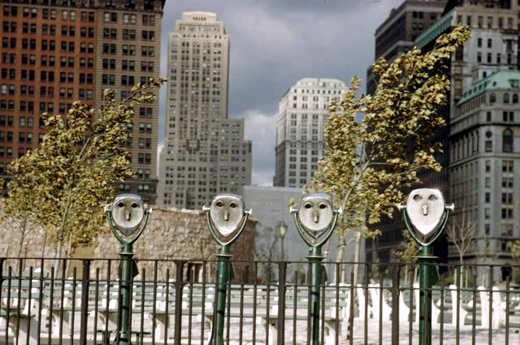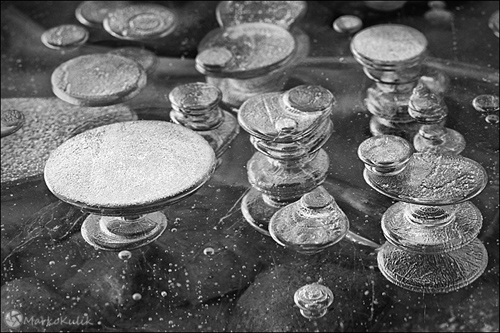A friend of mine is moving out of his place with a great view of Downtown Montreal in 2 days so I was lucky enough to get one last crack to shoot a night scene. As it happens there’s also something called Spheres Polaires in town and the spheres add to the image.

Montreal Night Scene — Marko Kulik


















